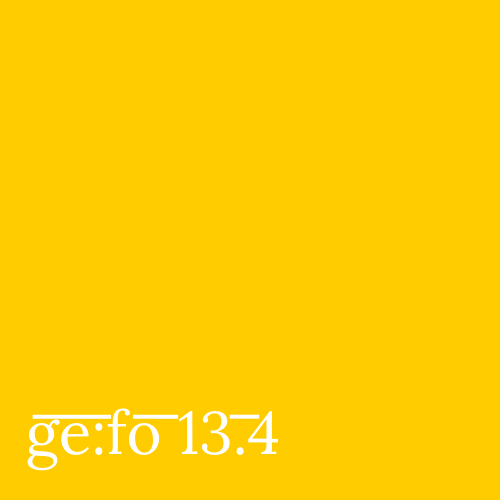“I should have gone to Mary’s”: Filling the Void in Ralph Ellison’s Invisible Man
DOI:
https://doi.org/10.18716/ojs/gefo/2014.2644Keywords:
Sexism, Racism, Sexual Identity, Masculinity, Ralph Elliot, Invisible ManAbstract
Following the latest direction of the study on Invisible Man, this article further examines the complex relationship between race and sexuality in Ellison’s novel. Racism and sexism are intermingled in the novel, and they serve as the driving forces of the narrative dominated by male characters. The men in Ellison’s novel blindly pursue the same ideal masculinity, which is defined as the combination of social power and sexual prowess. Assuming that their masculinity is incomplete in one way or another, the male characters chase each other desiring the ideal, which renders the men even more insecure about their masculinity. As the characters do not see the complete masculinity in themselves, the novel as a whole seems to be devoid of the ideal ‘Man.’ However, the ‘Man’ decidedly exists in the novel, but not in one person. African-American and Caucasian male characters collectively create the complete form of the ideal ‘Man’ and exert oppressive power over African-American women. Focusing on the perspective of the narrator, this article first examines how African- American and Caucasian men give chase to each other in search of an ideal masculinity. Next, the ways in which African-American women are overshadowed as a result of the men’s blind chase are discussed. Finally, this article looks at how these doubly oppressed women can fill a void in the novel which is faced with an impasse as the male characters struggle to reach the perfect masculinity.



